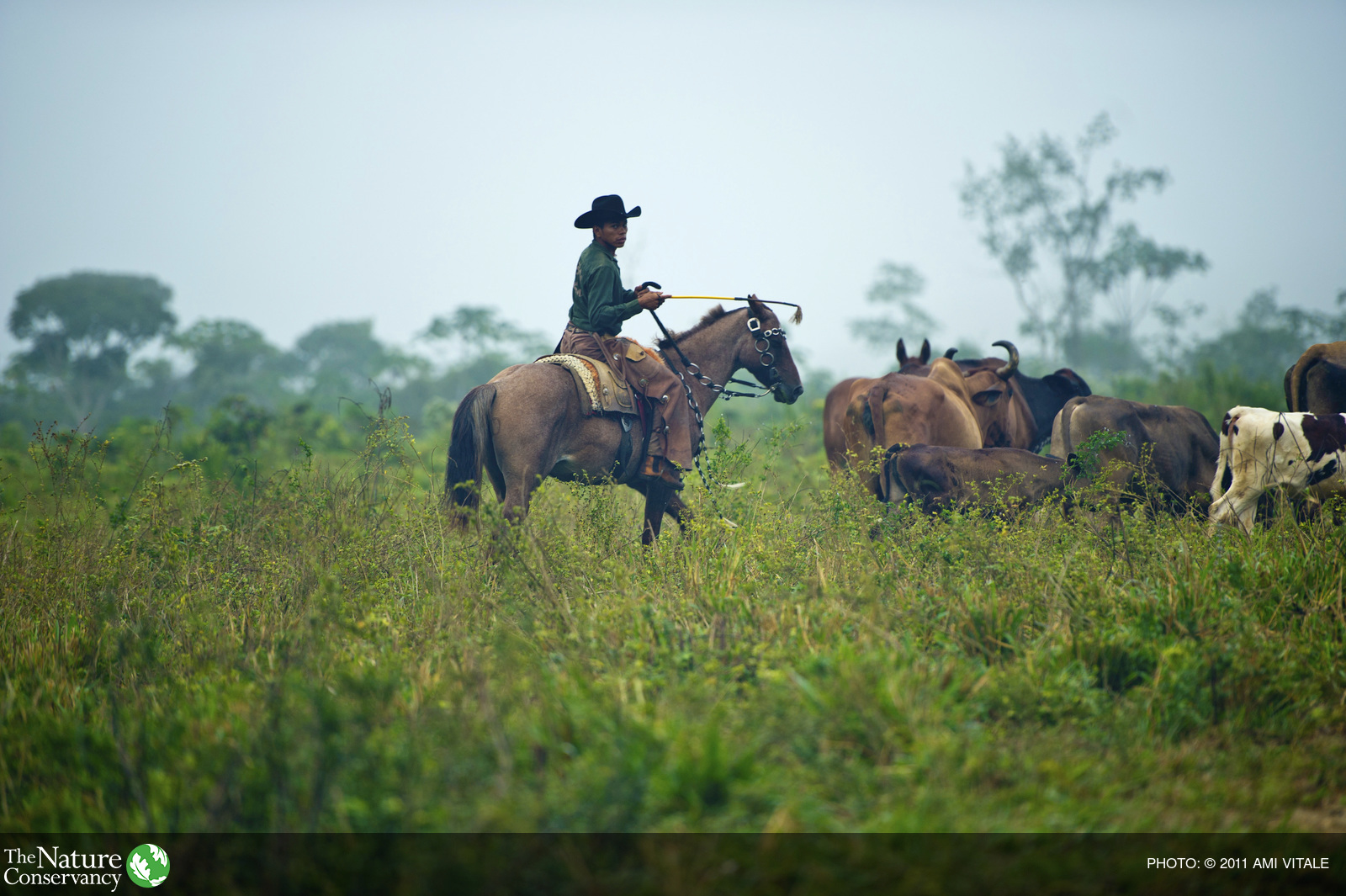
Feeding our growing population is and will continue to be a significant challenge.
About 10% of the earth’s land area is intensively cultivated to produce crops. Most agricultural soils have also lost a large fraction of their original soil carbon, and there is considerable potential to restore this through better management. More efficient use of fertilizers can also have a large impact on global emissions of nitrous oxide, another principal greenhouse gas.
Grasslands
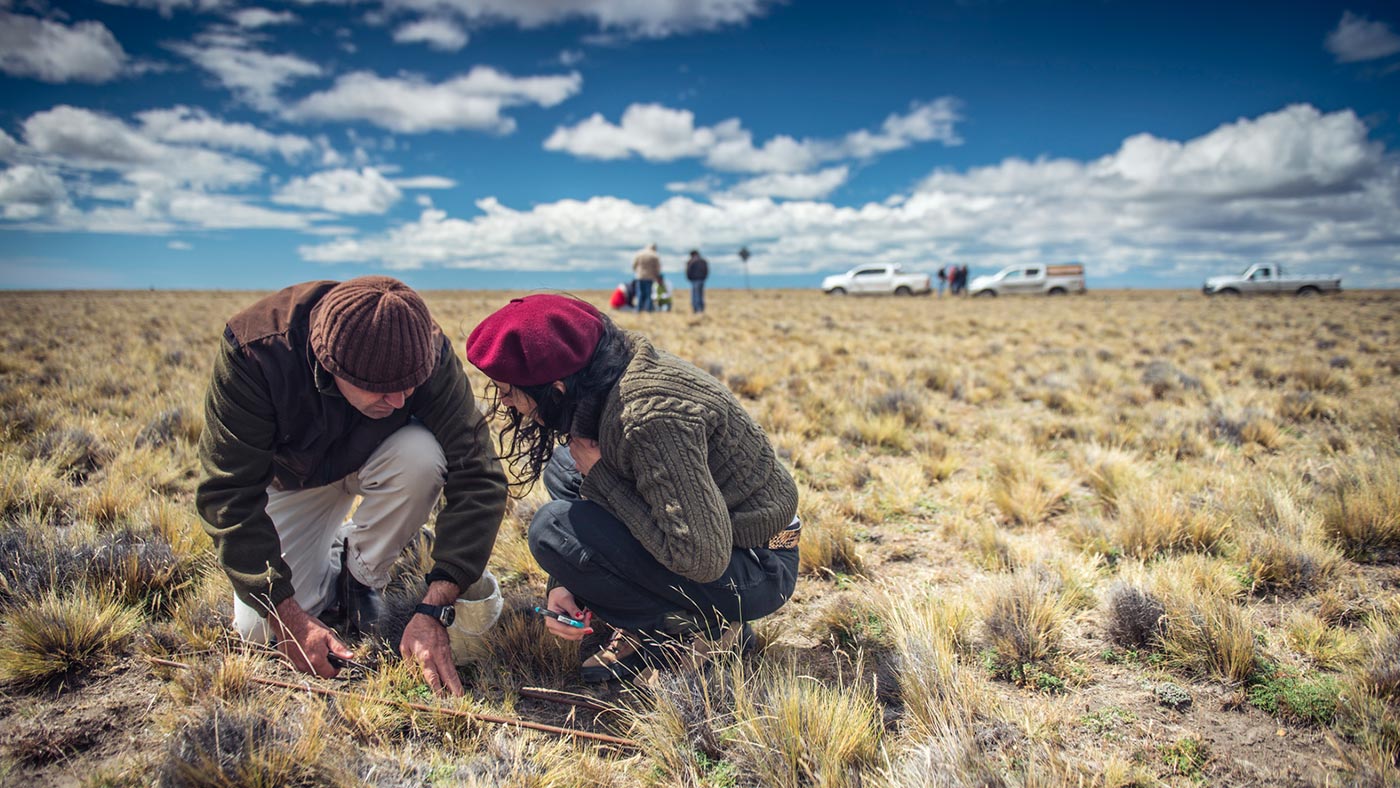
Keeping natural grasslands and shrub lands intact and healthy will keep that carbon locked below ground, while the grasses and shrubs will continue pulling additional carbon from the atmosphere as they are grown. An encouraging sign is that the rate of grassland conversion to cropland is slowing. Since remaining grasslands are more likely to have soil conditions or irrigation challenges unsuitable for growing crops, it will be increasingly expensive to convert these lands. Additionally, natural grasslands provide pollination and pest suppression services that can actually increase productivity of adjacent croplands. Those costs and benefits will provide an economic incentive to increase productivity on existing croplands rather than turning additional grasslands into farms.
Soil
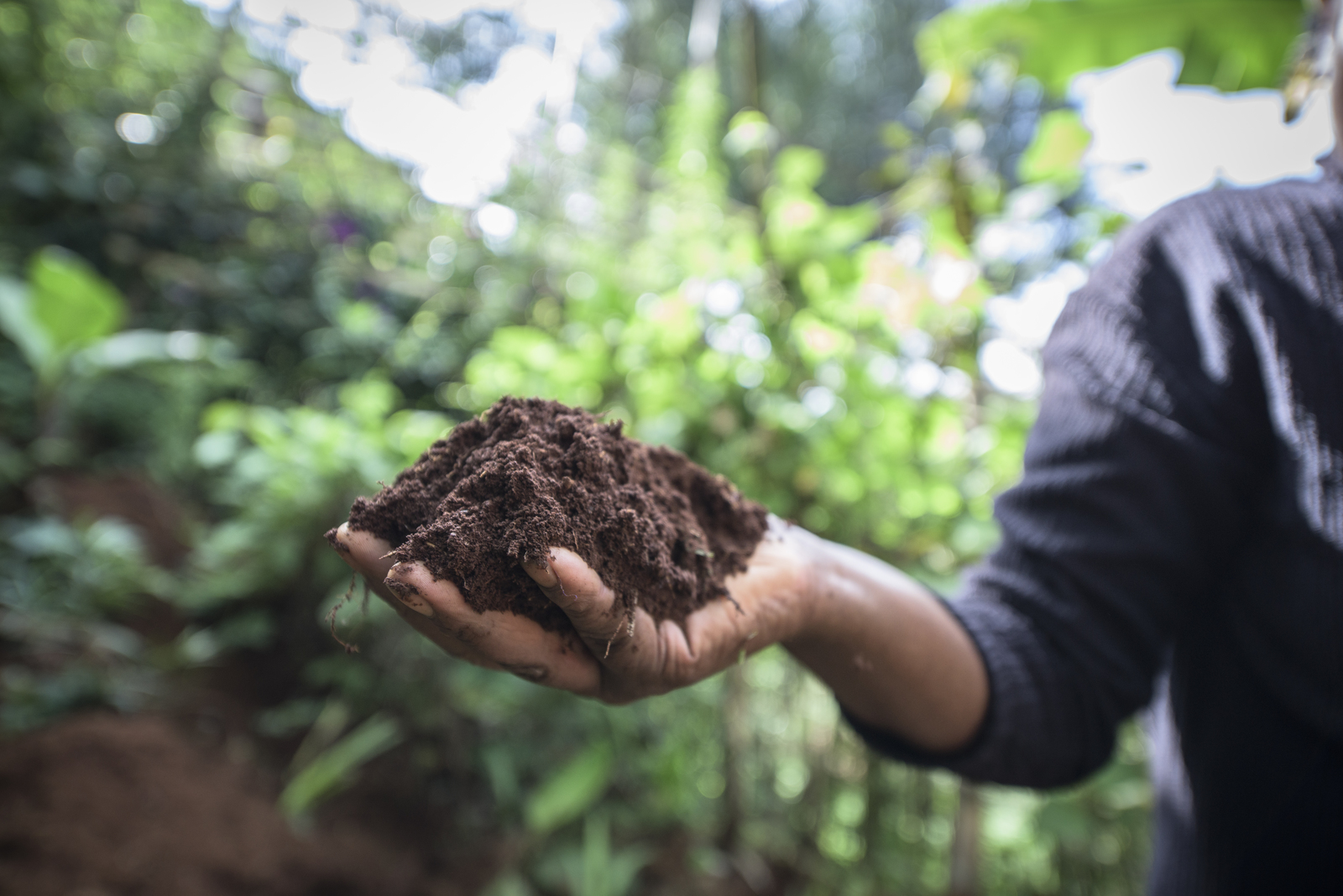
When bare soil is exposed after a crop is harvested, carbon stored in the soil is lost to the atmosphere. By planting cover crops on croplands that have an off-season fallow period, farmers can expand the length of time that photosynthesis occurs on cropland. This practice, also known as conservation agriculture, increases the amount of carbon stored in the soil, while also improving soil quality and fertility. About 400 million hectares – up to 25 percent of the world’s cropland – could be planted with cover crops. That’s an area six times the size of Texas.
Cover crops have the potential to improve soil fertility, increase yields and retain soil moisture to mitigate the effects of drought. However, more research is needed to fully demonstrate that those benefits can consistently offset the costs of planting cover crops. One of the challenges to conservation agriculture will be disseminating knowledge to farmers about what type of cover crop or crop mixture to plant, when to plant, how deeply to plant and, in some cases, what new equipment might be necessary. Already, many farming groups and conservation groups are actively educating farmers about the use of cover crops, but more effort will be needed to spread that knowledge to growers around the world.
Fertilizers
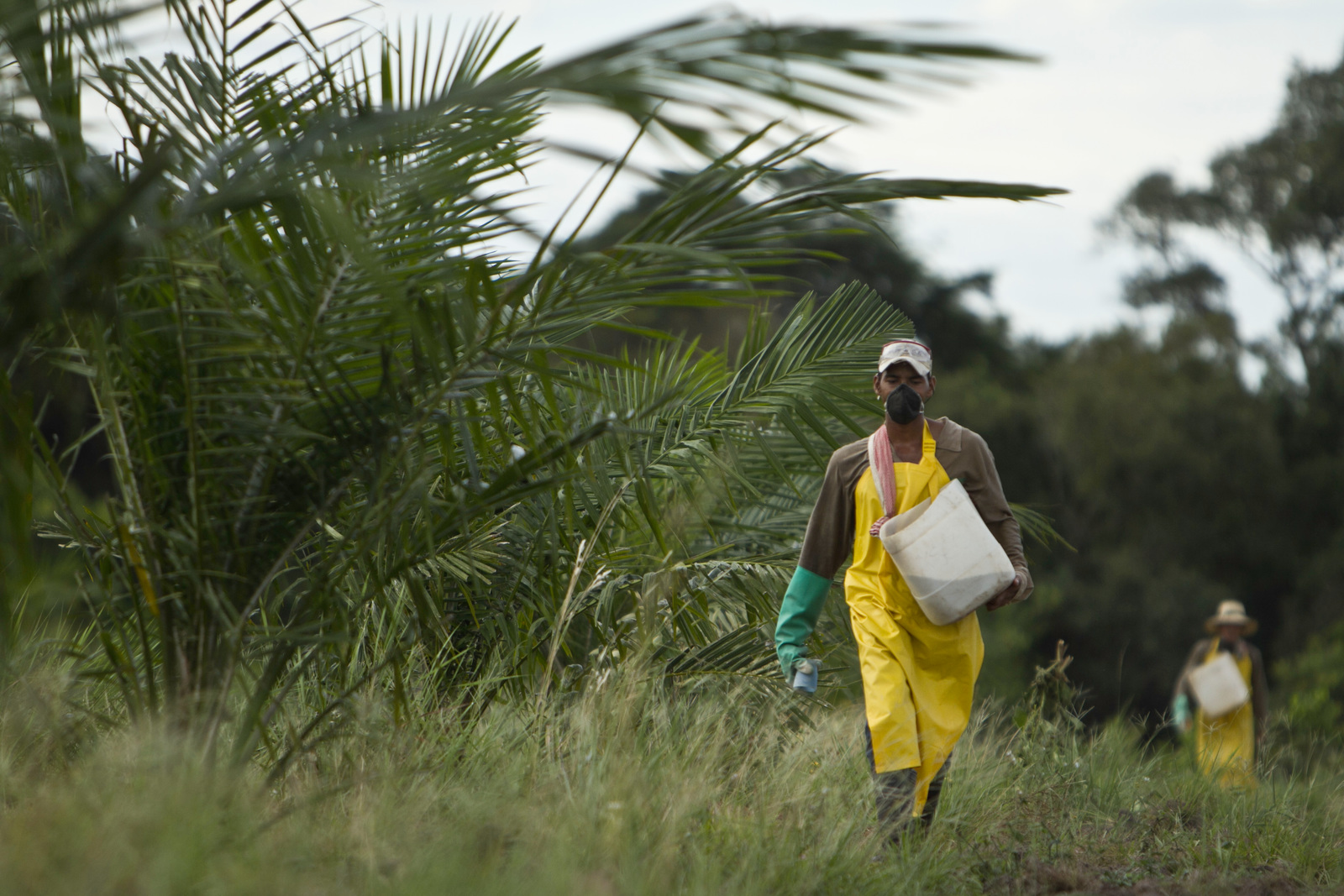
When synthetic fertilizers are applied to croplands, excess nitrogen is released to the atmosphere or carried away by water. That nitrogen is emitted into the air in the form of nitrous oxide, a greenhouse gas 300 times more potent than carbon in terms of its contribution to global warming. Proper nutrient management ensures that the amount of nitrogen applied to the field does not exceed the amount that the plants can absorb. Nutrient management also ensures fertilizer application is timed to avoid unnecessary runoff and reapplication.
The primary challenge to improving nutrient management will be disseminating information to farmers and effectively encouraging them to implement best practices. That may be particularly challenging where new methods might require more planning and monitoring than the business-as-usual approach. More efficient use of fertilizer can reduce a farmer’s costs without reducing productivity. A large improvement could be realized simply by disseminating information about best practices among regions such as East Asia, where fertilizer use is unnecessarily high. In the future, further improvements could come from precision agriculture technologies and alternative forms of fertilizer.
Grazing—animal management
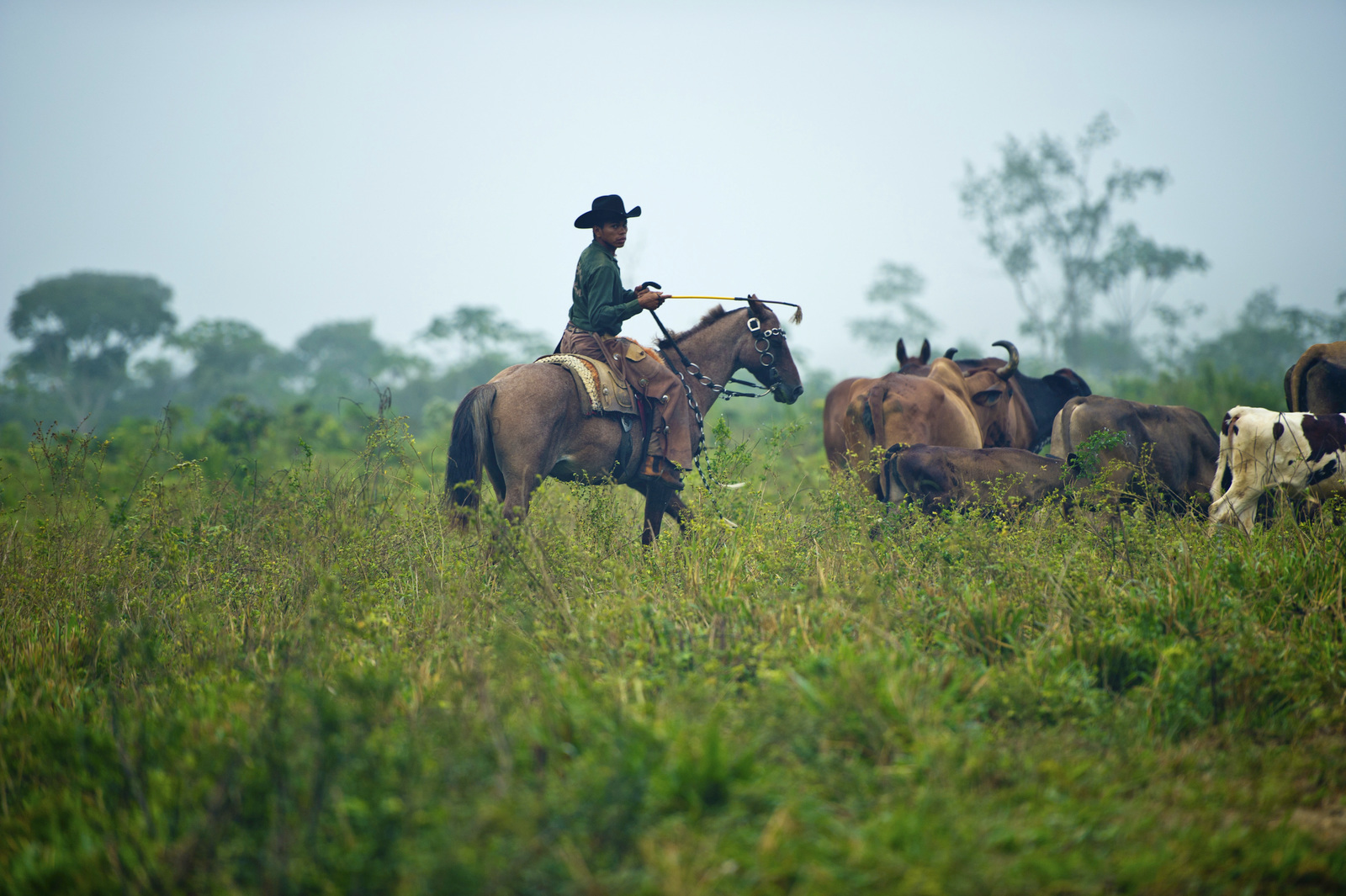
Livestock are a significant source of greenhouse gas emissions, but improved efficiency can help to curb those emissions. Reducing the total number of livestock needed to meet the demand for meat and dairy products will reduce the amount of carbon released by ranching.
Proper animal management techniques include choosing improved livestock breeds, increased reproductive performance, lower mortality and increased weight gains.
There are economic barriers and capital costs that can make it difficult for ranchers to purchase new livestock breeds and change other existing management practices. In addition, moreresearch is needed to understand the best methods for improving animal management.
In addition, improvements in livestock feed could be applied to more than a billion head of cattle around the world. One of the main challenges to improving livestock feed will be to tailor new practices related to feed quality to local conditions. This will involve issues related to feed availability and economic returns.
Grazing—legumes
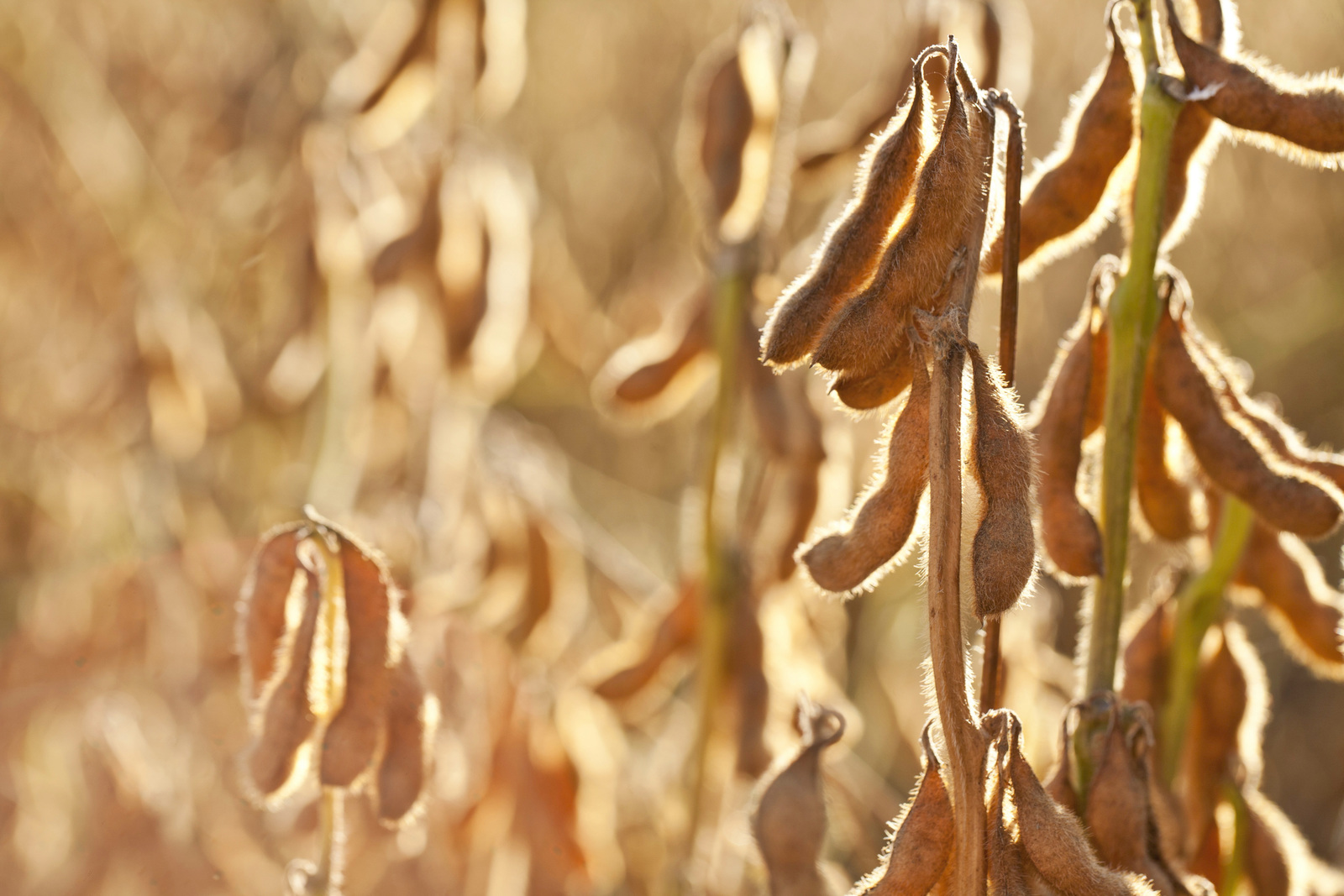
Legumes are notable for their ability to fix nitrogen in the soil, reducing the need for the addition of nitrogen fertilizer. Planting legumes such as alfalfa, clover, peas or beans in managed pastures provides increased forage for cattle and other livestock, while also adding carbon to the soil. Compared to other grazing practices, planting legumes in pastures has a more limited geographic potential, because it only applies to planted pastures that have a relatively low abundance of legumes to start with. However, there are no major challenges to implementing more widespread planting of legumes in pastures. Improving the intensity of grazing is a low-cost natural climate solution that can be implemented quickly by ranchers as part of their standard business practice. Many ranchers are already using these practices to maximize productivity on their rangelands.
Improved rice cultivation
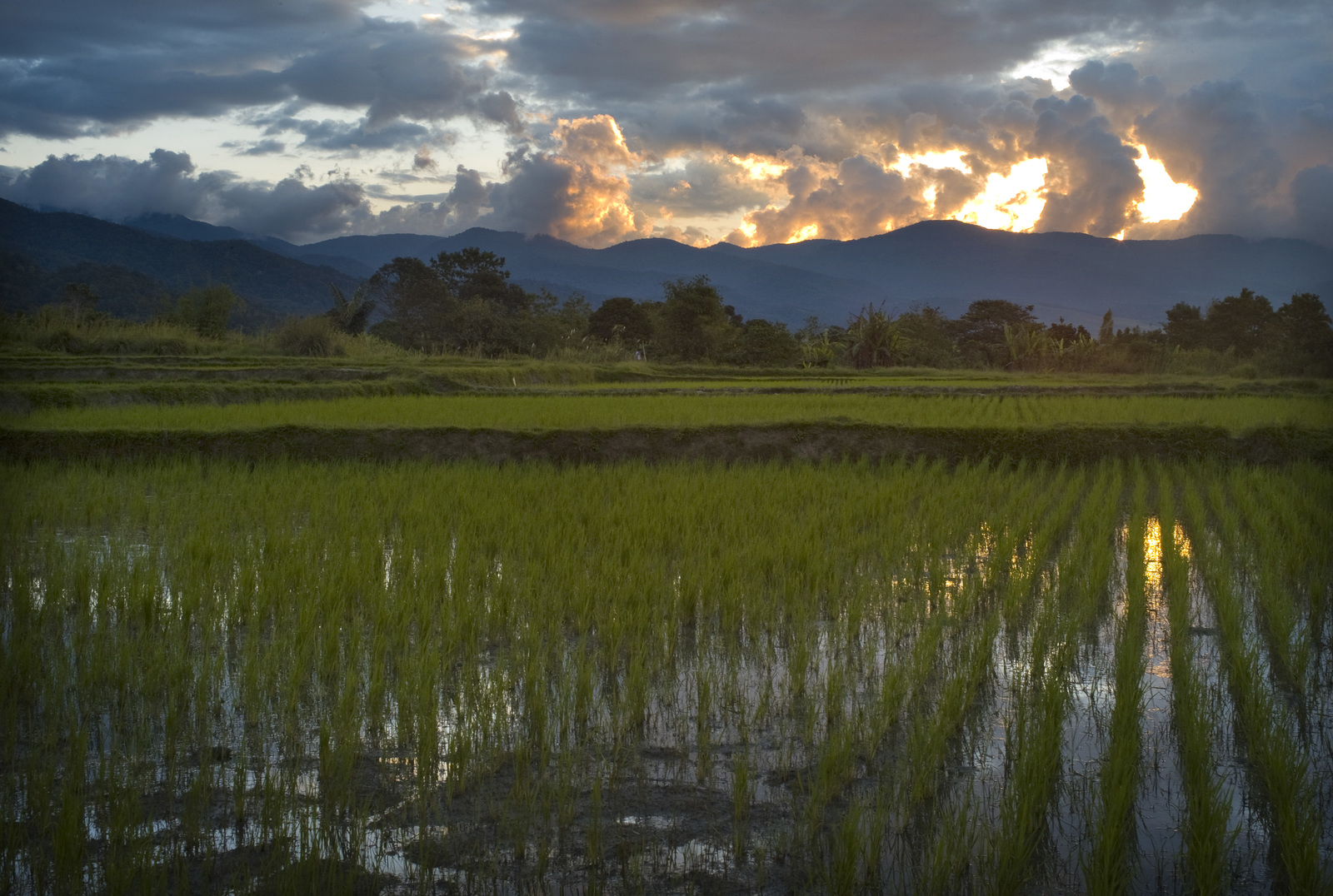
Most of the world’s rice is grown in fields that are flooded year-round. When rice is harvested, most of the remaining plant material is left in the ponds, where it sinks to the bottom and begins to decay. Plants that decay in that low-oxygen environment generate methane gas.
Rice cultivation can be improved by alternately wetting and drying rice fields, or by draining flooded rice fields once during the mid-season. Such methods reduce the time that decaying plant material is submerged, thereby reducing methane emissions. Improved rice cultivation could be applied to some 163 million hectares worldwide, an area roughly the size of Mongolia.
In a best-case scenario, water management of rice fields can reduce methane emissions by as much as 40 percent compared to full flooding. And field experiments show that the practice maintains, and in some cases, improves, rice yields. Further, many of the world’s rice-producing regions have water shortages, making water management an attractive option for farmers.
Trees in cropland
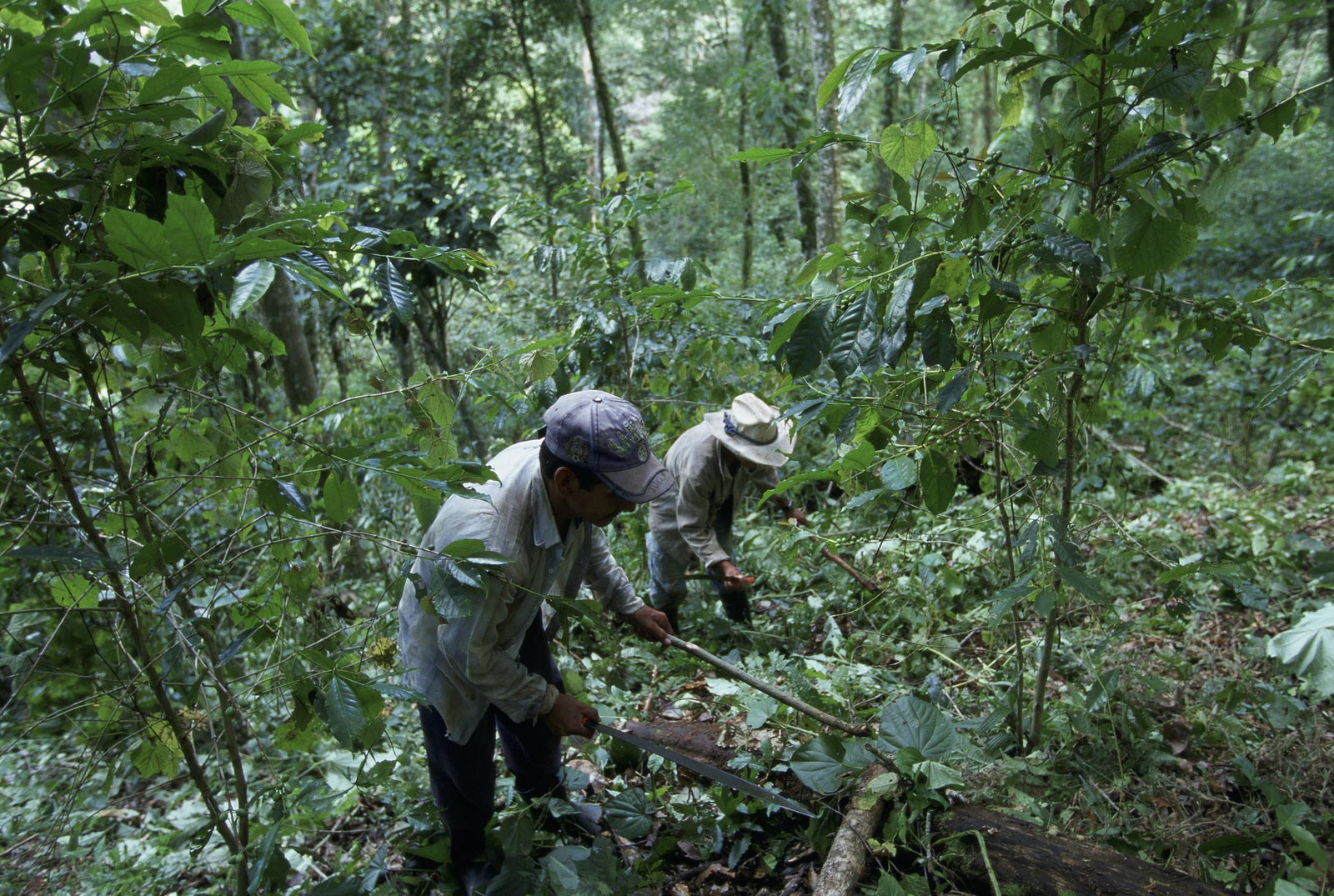
Trees absorb and store vast amounts of carbon throughout their life. Farmers can plant trees on croplands to provide windbreaks and shelter for crops, prevent erosion, diversify production and maintain moisture levels, while reducing carbon emissions. Planting trees in croplands can be done on a large share of the world’s agricultural lands without lowering production.
One of the main challenges to agroforestry systems lies in understanding and communicating the benefits to farmers, and providing them with the technical support and extension services to encourage them to shift to a new (sometimes counterintuitive) method of farming. Agricultural policies and incentives may need to be changed or created to promote the adoption of agroforestry systems. More research is also needed to map the regions where various tree-planting practices are likely to have net economic benefits that offset the loss of agricultural area to trees.